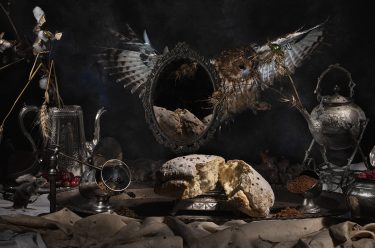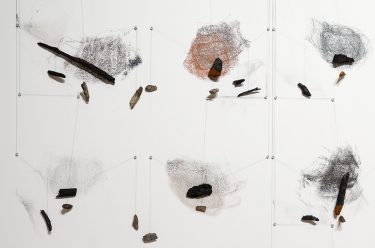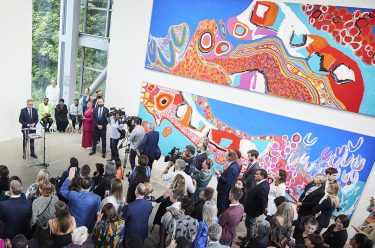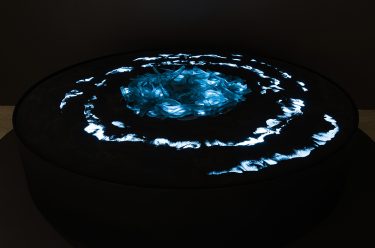Photographic tableau highlights historical injustices
Nature Morte (Agriculture) and Nature Morte (Blackbird), from Australian photographic artist Michael Cook’s ‘Natures Mortes’ series, draw on visual strategies affiliated with the still‑life genre — particularly the memento mori, a visual reminder of the inevitability of death — to highlight the devastating impact of colonisation from an Indigenous point of view. Michael Cook ‘Nature…
Continue reading » “Photographic tableau highlights historical injustices”





